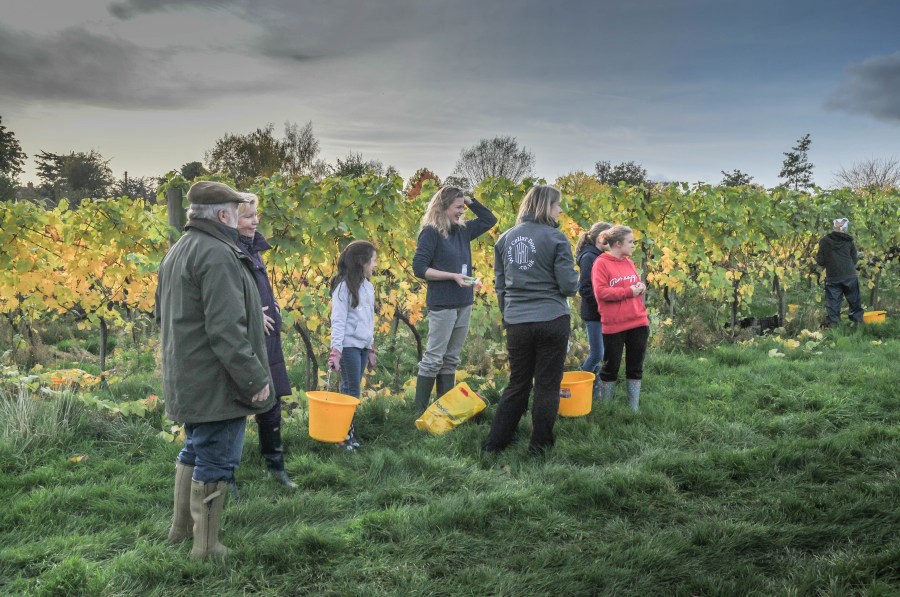How vineyards can excel with cellar door experiences.
Diversifying into tourism can be a fantastic way to engage customers, create brand loyalty, sell wines at improved margins and bring in revenue from vineyard’s other assets.
For those looking to pilot a tourism offering before investing in a sophisticated tasting room, cellar door shop or increased team of staff, opening for a few hours per week is a great way to gauge interest and establish the marketing.
“You don’t need to open for long to launch a successful basic tourism offering,” said Elisabeth Else from online directory Wine Cellar Door. “But you do need to implement clear, fixed opening hours and communicate these effectively. The worst mistake a vineyard can make when establishing a tourism offering is not being open when they say they will.”
If there are concerns of how much time to commit to set opening hours, don’t overstretch your capabilities, it is always best to create demand and increase hours later down the line.
While structures situated in the vineyard may seem romantic, being close to other amenities will allow current staff to conduct other administrative roles while also managing shop sales and tastings. Establishing self-guided trails can also avoid the need for tour guides while still engaging customers and convey the estate’s story.
Events are becoming increasingly common and not only provide a great way to get people to the vineyard but can help to build a greater sense of involvement with the wines and the overall brand.
Hambledon Vineyard, for instance, host an evening where customers can disgorge their own bottles. This is not only entertaining and educational, demonstrating traditional method sparkling wine production, but also creates lasting memories and a personal connection to those wines helping to generate brand loyalty.
“The vineyard events scene is no doubt going to grow and evolve as producers test different concepts and learn more,” said Elisabeth. “We have recently started listing events on Wine Cellar Door for our premium listed vineyards and these have been generating a really good reaction.”
When it comes to catering, creating a destination for people to eat can attract a different market of consumers and promote wine by the glass sales. However, consideration should be given to whether it is managed in-house or sub-contracted to another company.
“When starting out, cheese and charcuterie platters work well because you have the opportunity to engage visitors for longer,” said Elisabeth. “They can have a glass of wine and are more likely to take a bottle home, but it all needs to be done properly. Handing the day-to-day running of a café or restaurant over to someone can mitigate risks while still benefiting from footfall to the vineyard.”
One quarter of vineyards listed on Wine Cellar Door offer on-site accommodation, ranging from seasonal camping, to historical homes offering bed and breakfast, apartments, shepherd huts and other self-catering options.
“At this early stage, producers are representing the entire industry as well as themselves,” said Elisabeth. “The standards of your customer service and facilities will reflect on other vineyards because we are not yet a fully-fledged destination for wine tourism. If customers have a great experience they are likely to tell friends and relatives and will look for other opportunities.”
As well as getting listed on review sites, such as Trip Advisor, there are a multitude of marketing resources which can be utilised to promote the vineyard as a must visit destination.
One of the most comprehensive guides to visitor-friendly vineyards in England and Wales, Wine Cellar Door, provides a search directory and map making it easy for potential visitors to find vineyards which meet their criteria.
“As well as visiting their local vineyards, website users often look at the map to find estates near friends and family and will go on to purchase gift vouchers from those vineyards,” said Elisabeth.
To reach out to wider audiences outside of the wine industry, Wine Cellar Door also compile guides, blogs and PR pieces and has recently been working with the Rural Travel Guide to identify vineyard trails.
“If we do write an article and people come back to our website there needs to be a good producer website for us to drive traffic to,” said Elisabeth. “We can build websites and help with packshot photography, people shots and photos around the vineyard and winery. Having a well-managed social media presence is also key and we recently piloted a practical photography for social media workshop to help producers with this.”




